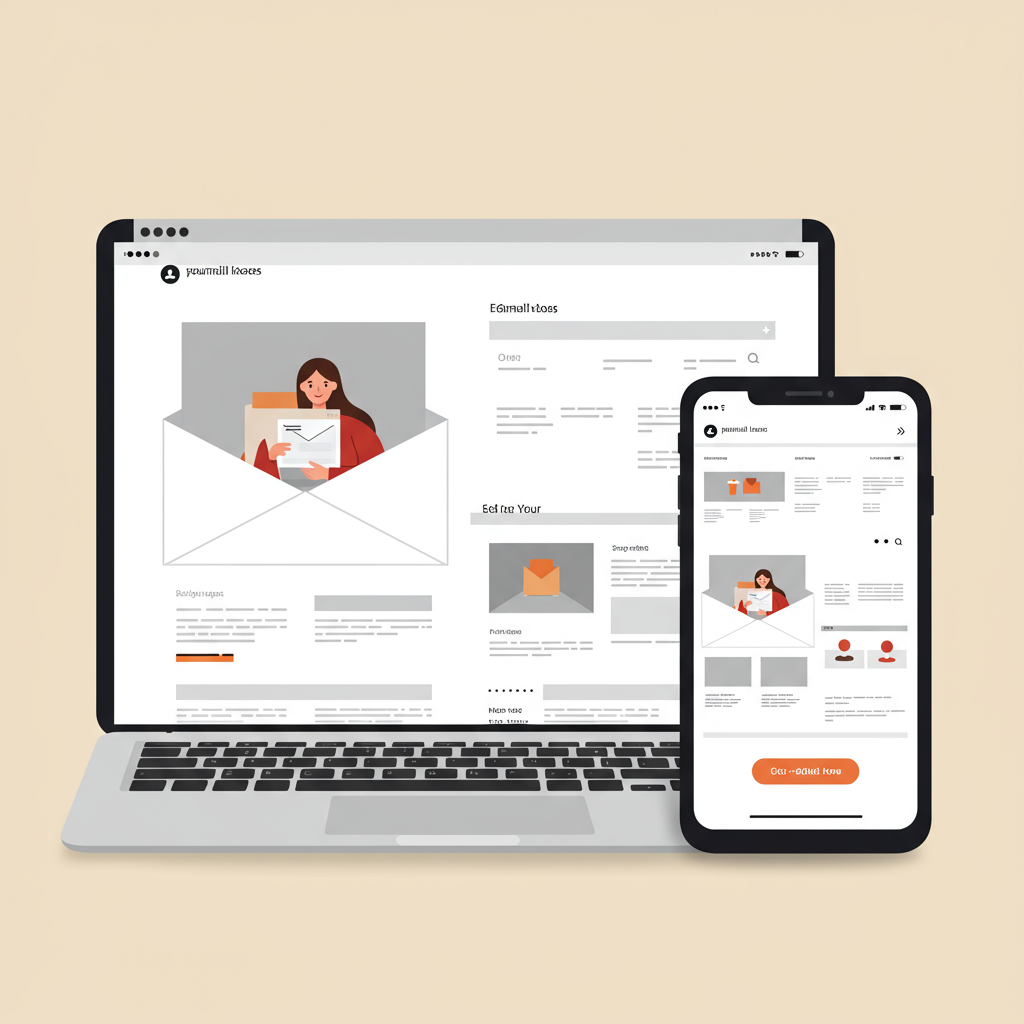My Essential Guide to Designing Emails That Drive Sales and Build Customer Loyalty
As a Shopify merchant, you’re constantly looking for ways to boost sales and build lasting customer relationships. One of the most powerful, yet often underutilized, tools in your arsenal is email marketing.
It’s not just about sending emails; it’s about designing email templates that don’t just look good, but actively convert subscribers into loyal customers.
Today, I want to share my insights and practical tips on how you can design Shopify email templates that truly make an impact and drive conversions for your store.
First, let’s define what ‘conversion’ means in the context of email. It could be a purchase, a click-through to a product page, a sign-up for a loyalty program, or even just engaging with your content.
Our ultimate goal is to guide the recipient towards a specific action that benefits both them and your business.
The foundation of any high-converting email template is strong branding. Your emails should instantly be recognizable as coming from your store.
This means consistent use of your brand colors, fonts, logo, and overall tone of voice. It builds trust and reinforces your brand identity with every send.
Next, and critically important in today’s mobile-first world, is responsiveness. Your email templates *must* look perfect on any device – desktop, tablet, or smartphone.
A poorly rendered email on a mobile device is a quick way to lose a potential customer. Ensure your design adapts fluidly to different screen sizes.
Every email needs a clear, prominent Call-to-Action (CTA). This is the single most important element that tells your reader what you want them to do next.
Use contrasting colors for your CTA buttons, make the text concise and action-oriented (e.g., ‘Shop Now,’ ‘Learn More,’ ‘Get Your Discount’).
Personalization goes beyond just using a customer’s first name. It involves tailoring content based on their past purchases, browsing history, or expressed interests.
Shopify’s data can be incredibly powerful here. Use it to send relevant product recommendations or special offers that resonate with individual customers.
While not strictly part of the template design, a compelling subject line is the gatekeeper. It determines if your email even gets opened.
Once opened, the visual hierarchy of your template guides the reader’s eye. Important information should be easy to spot and flow logically.
Use high-quality images and videos. Product photos should be professional and showcase your items beautifully. Lifestyle shots can help customers visualize themselves using your products.
Remember, a picture is worth a thousand words, especially in an email where attention spans are short.
Keep your copy concise and to the point. People scan emails, they don’t typically read them word-for-word. Highlight benefits, not just features.
Incorporating social proof, like customer testimonials or star ratings, can significantly boost conversion rates. People trust the opinions of others.
Elements of urgency or scarcity, when used authentically, can also encourage immediate action. Think limited-time offers or low stock alerts.
Don’t forget the power of A/B testing. Test different subject lines, CTA button colors, image placements, and even entire template layouts.
This data-driven approach helps you understand what truly resonates with your audience and continuously optimize your templates for better performance.
Segmentation is another key strategy. Group your subscribers based on demographics, purchase history, or engagement levels, and send them highly targeted emails.
Shopify Email, the platform’s native email marketing tool, offers a great starting point with drag-and-drop templates. Explore its features and customize them to your brand.
For more advanced automation and segmentation, consider integrating with powerful email marketing apps like Klaviyo or Mailchimp, which offer even greater design flexibility and analytics.
Think about your automated email flows: welcome series, abandoned cart reminders, post-purchase follow-ups, and win-back campaigns. Each needs a specific, conversion-focused template.
Ensure your transactional emails (order confirmations, shipping updates) also maintain your brand’s look and feel, even though their primary purpose is informational.
A quick checklist for your next email template design: Is it branded? Is it mobile-responsive? Does it have a clear CTA? Is it personalized? Is the copy concise? Are the images high-quality?
By focusing on these core principles, you’ll be well on your way to crafting Shopify email templates that not only look professional but consistently drive sales and build customer loyalty.
What do you think about these tips? I’d love to hear your thoughts and any strategies that have worked wonders for your Shopify store!
Remember, email marketing is an ongoing process of refinement. Keep testing, keep learning, and keep optimizing your templates for maximum impact.






